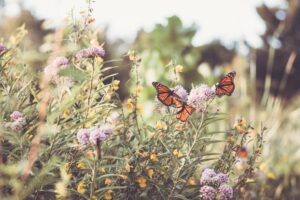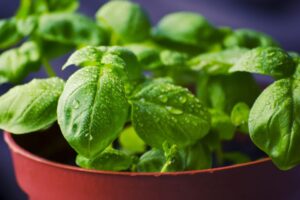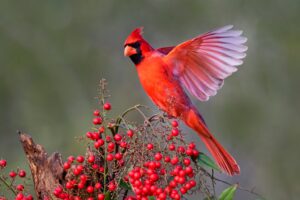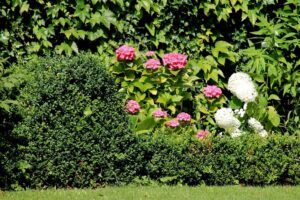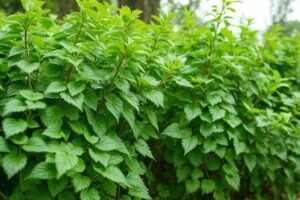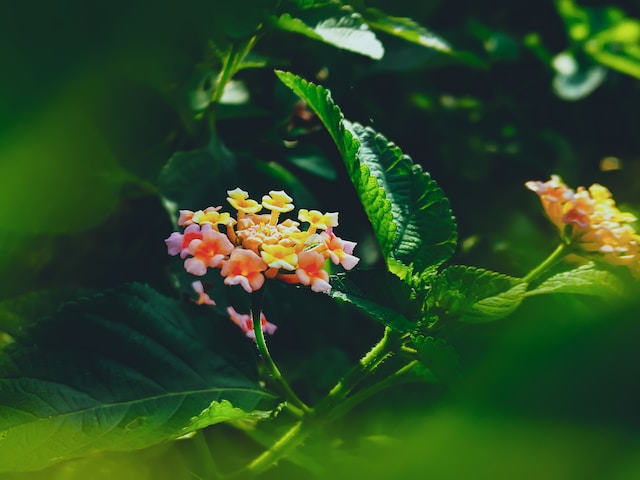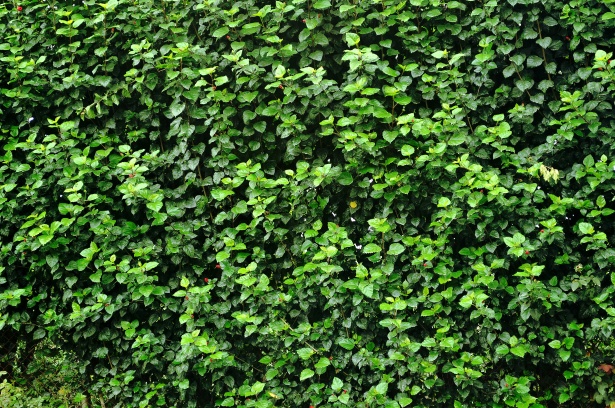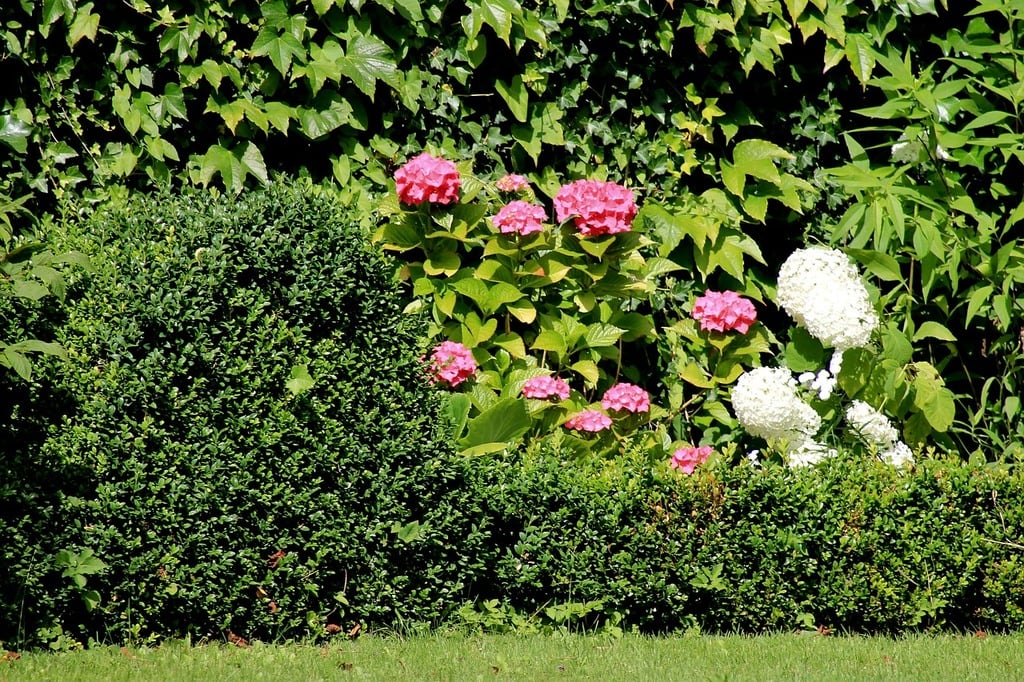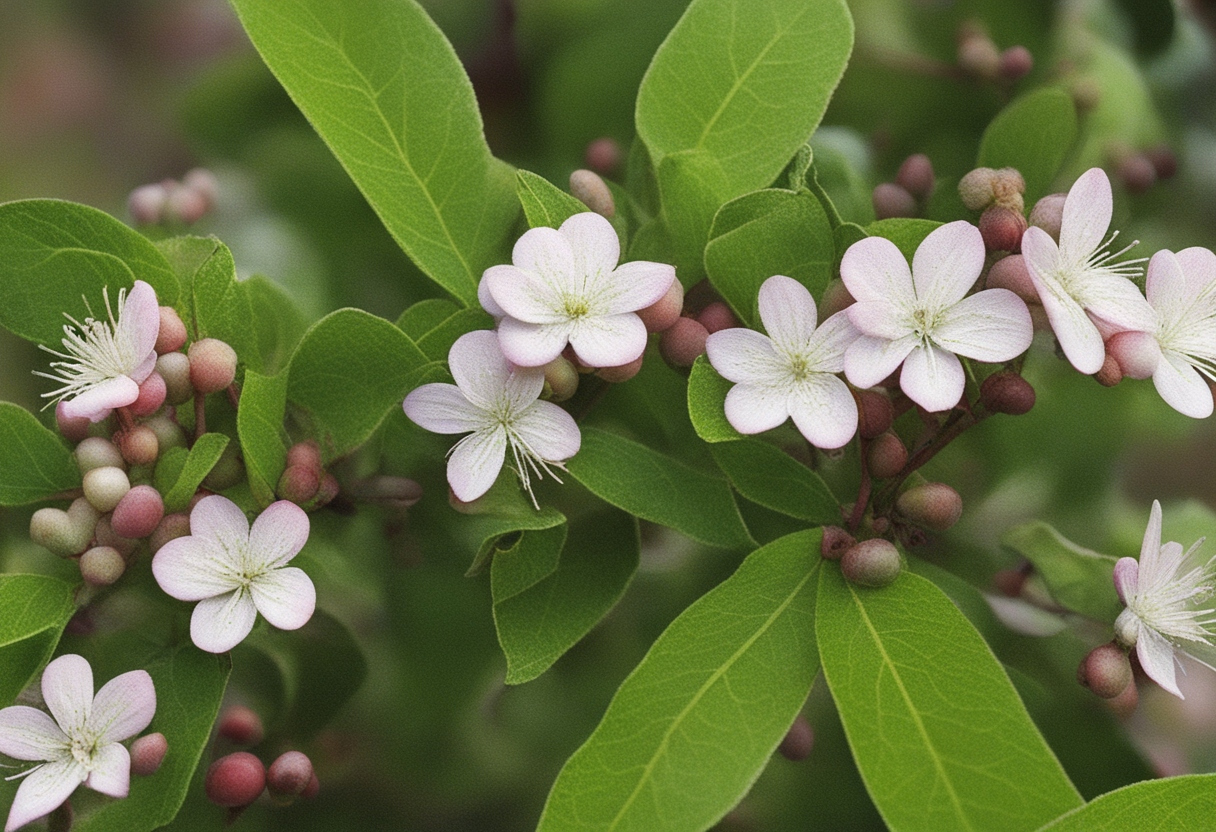Introduction
Lantana camara is a flowering plant that can add color and beauty to your garden. It is also very easy to grow, making it an excellent choice for novice gardeners. This article will tell you everything you need to know about growing lantana camara.
About Lantana Camara
Lantana camara is a flowering shrub that grows between 2 and 5 feet tall. It produces bright yellow, orange or red flowers from summer to fall. The leaves are dark green with a serrated edge, giving them a lanceolate shape.
Lantana camara is native to tropical and subtropical regions of the world including Africa, Asia, Australia, Central America and South America. In these areas it thrives in full sun or partial shade with well-drained soil that’s moist but not wet (1). In colder climates such as North America you can grow lantana camara as an annual–it will die back after frost hits but return during warmer months if planted from seedlings or cuttings taken before winter sets in (2).
Growing lantana camara isn’t difficult; it doesn’t require much care beyond watering regularly during dry spells (3). You’ll want plenty of space though because this plant quickly spreads out over time!
How to Grow Lantana Camara
To grow lantana camara, you’ll want to plant it in full sun. Lantana camara can tolerate some shade, but not too much. If you live in an area with less than 6 hours of sun each day and have difficulty getting your plants to produce blooms, consider moving them closer to a window or adding artificial light sources during the winter months.
Lantana Camara has a compact growth habit so it doesn’t require much room when planted next to other plants in your garden bed or border. However, if you are growing this herbaceous perennial as part of an ornamental hedge or screen then make sure there is plenty of space between each plant so they don’t crowd each other out with their growth habits later on down the road!
Growing Conditions for Lantana Camara
- Lantana Camara is a warm weather plant, so it’s best to grow it in full sun.
- Plant lantana camara in well-drained soil with good drainage and plenty of organic matter.
- You can also use a large pot or container to grow your lantana camara plants indoors during the winter months if you live where there is cold weather during that time of year.
When to Plant Lantana Camara
Lantana camara is a perennial plant that can be planted in spring or fall, depending on your climate. The best time to plant lantana is when the soil temperature reaches at least 60 degrees F (16 C). In cooler climates, you may want to wait until after the last frost in spring before planting so that your plants will have time to establish themselves before winter arrives again. If you live in an area where summers are hot and dry, it’s best not to plant lantana camara until late summer or early fall so they’ll have time to become established before dry weather strikes again.
In addition to choosing when you’d like your lantanas planted out of respect for seasonal temperatures, there are other factors that should be taken into account when deciding whether this particular type of flower would be ideal for your garden space:
- Location: Where will these flowers grow best? In full sun exposure? Partial shade? Full shade? You’ll need answers like these before deciding if this particular type of plant suits all aspects of what will make up its environment once it begins growing outdoors
How to Care for a Lantana Camara Plant
- Watering
Lantana camara plants require regular watering to thrive. The soil should be kept moist at all times, but not soggy or wet. If you notice that your plant is wilting and drooping, it’s time to water it!
- Fertilizing
Lantana camara requires moderate amounts of fertilizer throughout the growing season (February through September). A balanced fertilizer such as 10-10-10 is ideal for these plants because it contains all three macronutrients–nitrogen (N), phosphorus (P) and potassium (K)–in equal proportions. Apply about 2 tablespoons per square foot around each lantana clump every two weeks during this period; do not overfeed at any one time because this can cause burning on the leaves’ edges or tip burn along their length where they touch the soil surface.* Pruning Lantana Camara plants will produce new growth from their roots when they are cut back hard in early spring before flowering begins; however if left alone without pruning they will grow into shrubs instead of perennials which makes them difficult to maintain in gardens where space may be limited since there won’t be room for both types next year if treated like trees rather than perennials – so always remember that pruning isn’t just about getting rid of dead wood but also making sure things stay manageable so nothing gets out control!
This article is about the basics of growing lantana camara.
Lantana camara is a perennial shrub that can grow up to 3 feet in height, with a spread of 3 feet. It has fragrant flowers, which are most commonly red, orange and yellow but also come in pink, white and purple shades.
Lantana camara has several common names including lantana (or simply “lantana”), shasta daisy and wild honeysuckle. It’s part of the verbena family (Verbenaceae) that’s native to South America where it grows as an evergreen shrub or small tree reaching up to 20 feet tall at its tallest point!
Conclusion
Lantana Camara is an easy-to-grow plant that can be grown in many different climates and conditions. It is important to remember though that each individual plant may have different needs than others of its kind, so you should always research before planting any new plants in your garden or yard!


